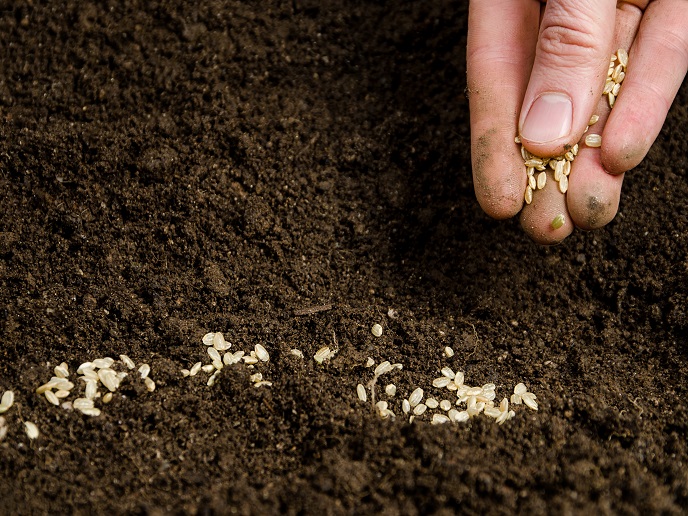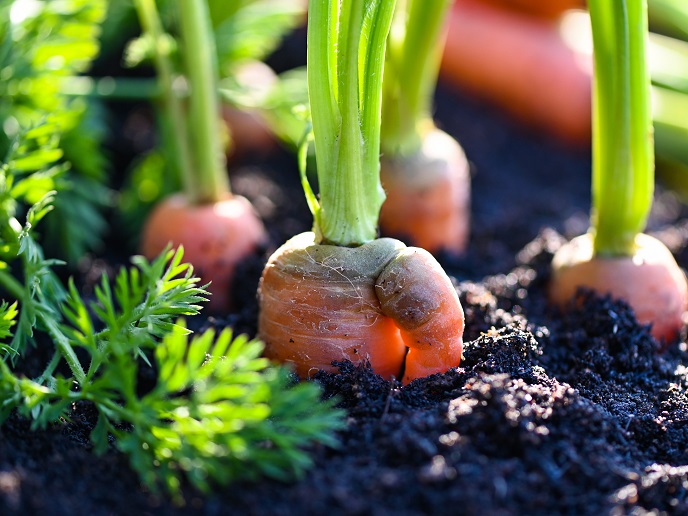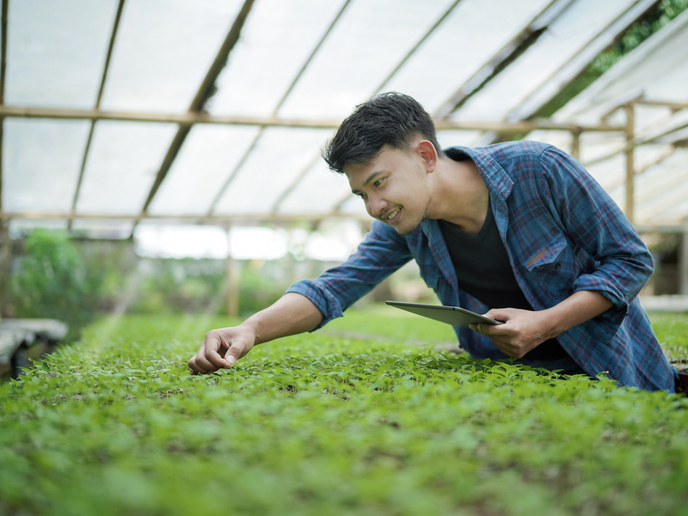Root microbiomes key to sustainable agriculture
Roots, which take up nutrients and water from the soil, are critical to a plant’s growth and survival. Consequently, the role of the root microbiome(opens in new window) – the soil viruses, bacteria, fungi and so on that specifically interact with the root – has been compared to that of the gut microbiome in animals. “Soil microbes are a powerful resource in agriculture,” says ROOTPHENOBIOME Marie Skłodowska-Curie fellow Tania Galindo from ETH-Zurich(opens in new window), Switzerland. “Knowing more about their biology could enable us to use them to improve plant nutrition, plant health and plant resilience to drought.” At the same time, the structure and anatomy of specific root types could have an influence on the development of a microbiome. Root-trait plant breeding has emerged as an important field of research and is attracting increasing interest from industry. “I found these two fields complementary while pursuing my PhD in the United States,” explains Galindo. “My hypothesis is that synergies between root traits and microbes could be deployed to overcome certain challenges in modern agriculture. I believe this is a field with so much potential, and I wanted to contribute to a better understanding of this synergy.”
Understanding root microbiomes
The key objective of ROOTPHENOBIOME, which was undertaken with the support of the Marie Skłodowska-Curie Actions(opens in new window) programme, was to find these linkages between root traits and the composition and function of the microbial community. Galindo also wanted to see how root structure and microbiome might interact when nitrogen levels are low. This could lead to the identification and breeding of more hardy crops. To do this, Galindo and her team planted maize in mesocosms, using different soil compositions and different levels of nitrogen. This enabled Galindo and her team to closely analyse and describe the root microbiome. Maize lines with contrasting root architectures and anatomies were then grown under low nitrogen. “Here, we wanted to identify associations between the root microbiome, and the plant’s response under low and high nitrogen fertilisation,” adds Galindo.
Advanced plant breeding
The project team was able to find significant links between bacteria and root architectural traits under low nitrogen. This could open the door to the selection of microbiomes that confer improved tolerance to low nitrogen, or that can be used in combination with specific root types to improve nitrogen uptake. “Our results could be deployed by plant breeders who are looking for plant genetic markers linked to microbiome recruitment,” remarks Galindo. “Our experimental system could be easily implemented in any lab around the world, to study their own plants. We certainly hope to inspire more research on the interactions of root architecture and anatomy.” Experiments to engineer root microbiomes, performed in plants with selected root architectural and anatomical phenotypes(opens in new window), will likely take place over the next few years. In the meantime, Galindo and her team aim to make farmers, agricultural industries, policymakers and the general public more aware of the importance of roots and microbes. “These are valuable resources for developing better plants that recruit the best microbial communities for sustainable agriculture,” she says. “I hope that our findings will eventually help in the design of microbial inoculants(opens in new window) for seeds of specific root phenotypes. This will help them to recruit synergistic microbial communities in agricultural fields, with improved soil resource capture capabilities.”







